May Birthstone — Emerald
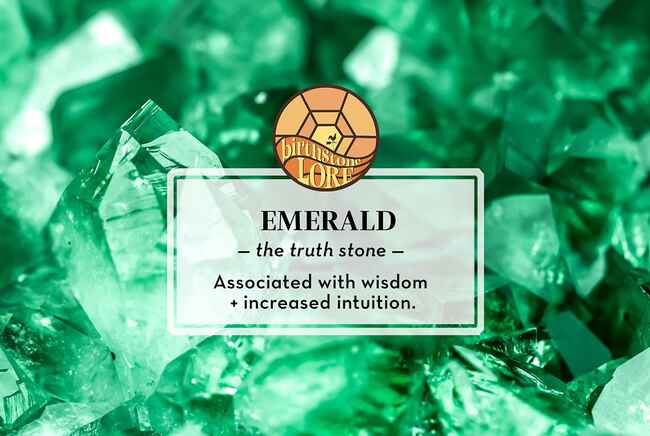
The traditional May birthstone is emerald. Its name comes from the Greek word for green — a color classically associated with spring and fertility. Likewise, this rare gemstone signifies rebirth, but it also symbolizes: truth, wisdom, and intuition. Learn fascinating facts, folklore, and healing properties believed by ancient cultures around the world!
Emerald Folklore
Ancient Egyptians held that emeralds were a gift from Thoth, the god of wisdom and writing (known to be worshipped as far back as some of the oldest prehistorical records: 6000 BC). Like Thoth, emeralds represented knowledge and communication. They were used in protection amulets and worn by pharaohs in ceremonies. A necklace with this precious stone was found in the tomb of King Tutankhamen.
Thousands of years later, legend has it that the Hebrew god bestowed a gift of four stones on King Solomon which gave him power over any other king. One of those stones is believed to have been an emerald. Both the Greek (Aphrodite) and the Roman (Venus) goddesses of love were associated with this beautiful green stone. On the other side of the world, the Incas and Aztecs also regarded it as sacred.
Healing Properties
Ancient Indian religious texts, the Vedas, spoke of the emerald. It was believed this stone would bring prosperity and a sense of calm — especially to strained eyes (when held against them). This aspect is mimicked in the film The Wizard of Oz. When Dorothy enters the Emerald City she is told to put on emerald spectacles to prevent her eyes from being overwhelmed by the dazzling lights.
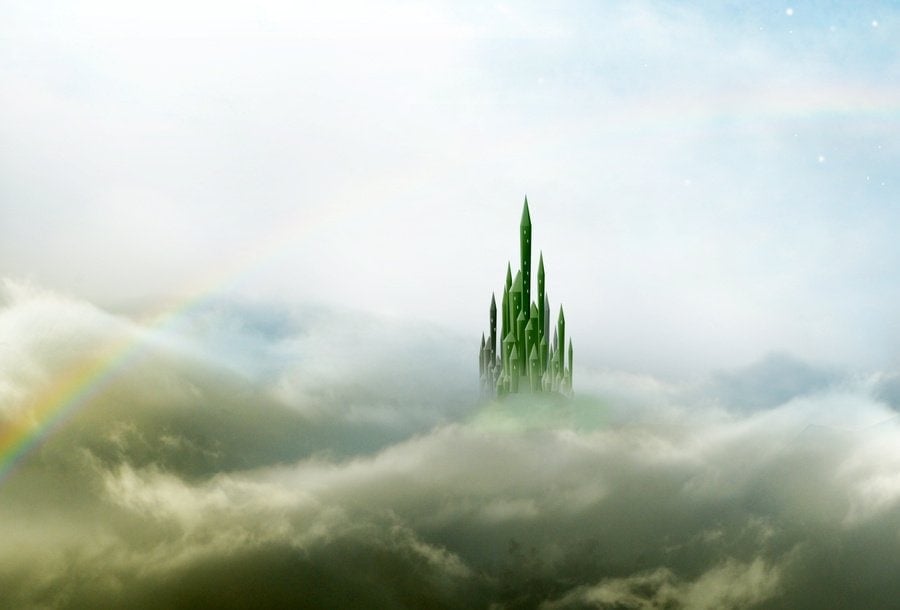
These precious gems were also used by ancient cultures to help with writing and speech. It is believed that the best way to wear them is set in gold on the pinky finger — a finger associated with communication (Fun fact: The fourth finger is associated with love and April’s Diamond — Read “April Birthstone – Diamond.”) Emeralds are also believed to aid in mental and spiritual growth.
Facts
Emeralds formed nearly three billion years ago in the Earth’s crust. They are a type of beryl, the same mineral that forms March’s birthstone, aquamarine (blue-green), heliodor (yellow), and morganite (pink). Colorless in its pure form, beryl becomes tinted as a result of elements nearby. Emerald, for instance, turns green due to the presence of chromium, vanadium, and iron.
Gem quality emeralds are rarer than diamonds! Finding one is about 20 times rarer than finding a diamond. The “trapiche” form is considered to be the rarest. They are found in just a few places around the world and have a star-like appearance. (See below.)
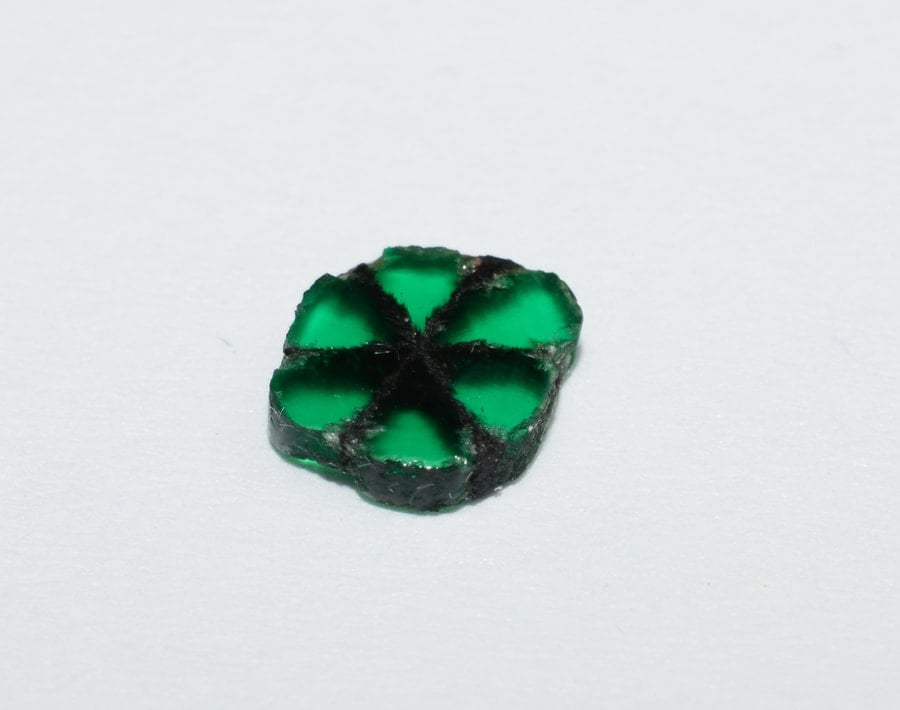
Since their discovery in Egypt, emeralds have been found all around the world. More than half of the ones found today come from South America, but there is a cave with them located in North Carolina. Learn more about how they formed in the US in the following video:
Famous Ones Through the Ages
This stunning gem was prized by historical icons such as Cleopatra, Napoléon III, and John D. Rockefeller. Did you know John F. Kennedy proposed to Jackie Onassis with one? The million-dollar engagement ring boasted a 2.84 carat emerald paired with a 2.88 carat diamond.
If you would like to see an emerald known for its clarity and color, the Hooker Emerald is on display at the Smithsonian Museum (View the Hooker Emerald here). It is 75.47 carats, set in a brooch, and surrounded by 20 diamonds. Moving from clarity to size brings us to the Guinness Emerald Crystal. It is one of the largest gemstone quality emeralds found. It is 1,759 carats and remains uncut to date.
Care And Handling
Should you be lucky enough to own an emerald, there are some specific care instructions to keep your gem looking just as beautiful as the day you bought it. Emerald is one of four known gemstones classified as “precious,” placing it in the same class as diamond, ruby, and sapphire.
Emeralds are the softest and most brittle of the gemstones, due to their inclusions. (Inclusions are gases, liquids, and/or other crystals that get trapped in gemstones as they are forming.) Most of these gems are treated with an oil to fill in the cracks to protect the stone from being damaged. Due to this process, chemical cleaning and ultrasonic cleaners are not recommended. It is best to use warm soapy water for cleaning.
Join The Discussion
Is this your birthstone?
What is one thing you enjoyed learning from this article?
Let us know in the comments below!
Read more about other birthstones!

Tamra Albright-Johnson
Tamra Albright-Johnson specializes in the unique histories and folklore around rare stones. She owns and operates a custom jewelry shop with her daughter, Kennie, in Iowa.



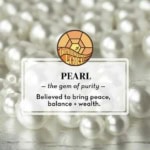
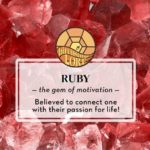

Emerald is my birthstone and i was just reading about it here, super interesting information. Thank you
Glad you enjoyed the article! Hope you check out some of our other birthstone stories as well.
I am a fan of Farmers Almanac, I generally enjoy the content, as I did today reading about emeralds. However, Wikipedia is not a good source of information, nor is it truthful. I seek links to Wikipedia in “keep exploring” and I would like to see FA link to something more factual and without bias, like the Britannica Encyclopedia.
Hi Christy,
Thank you for being a fan! It’s always nice to hear from our fans. I can assure you that we don’t use wikipedia for any of our sources in our articles. We are not sure where you are seeing that in the keep exploring as that section is supposed to send you to more of our articles. Unfortunately if it’s an ad, ads are a necessary evil for our site to keep it up and running. We do offer a membership that shows less ads and is less than $1 a month if that interests you.